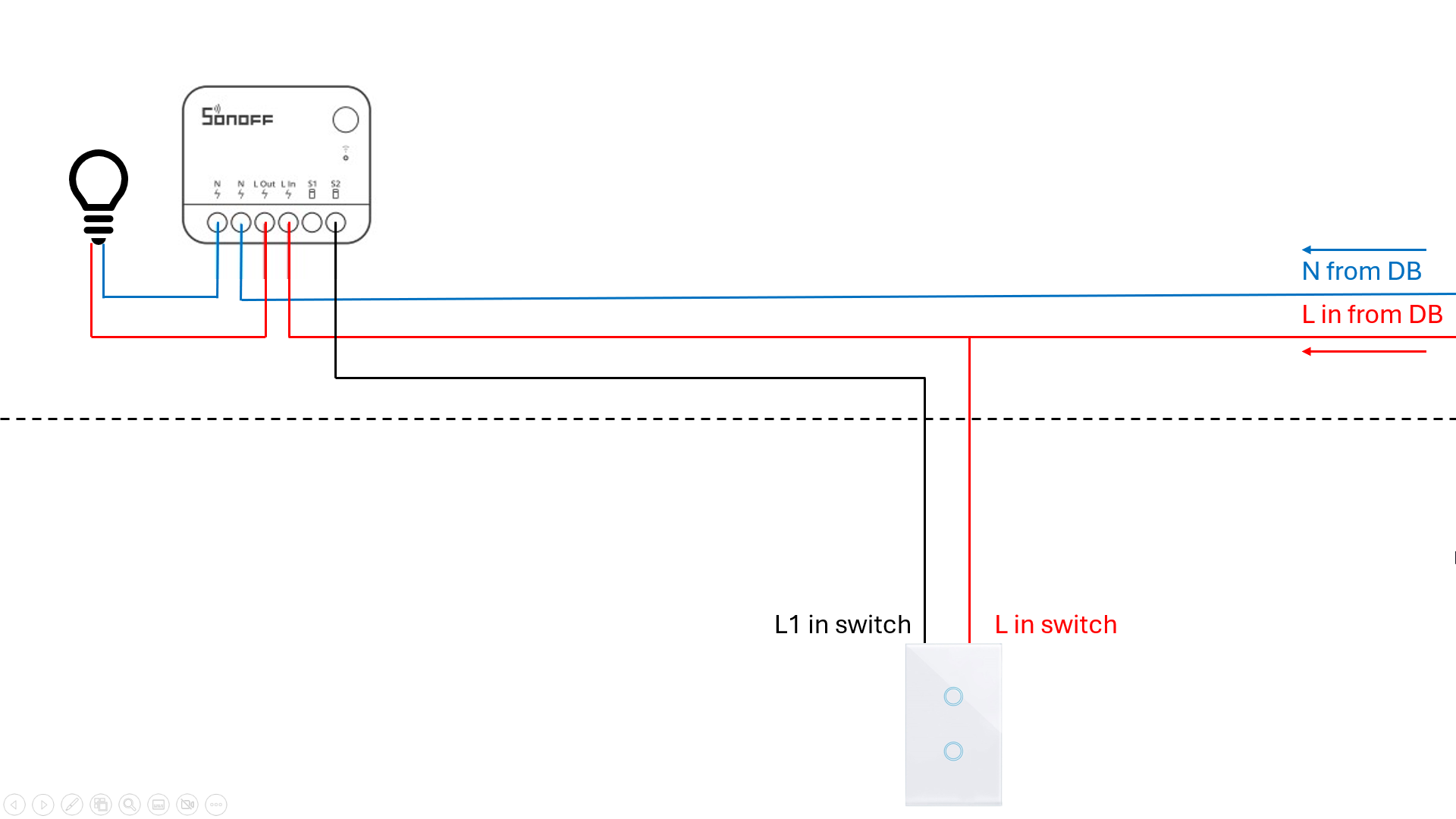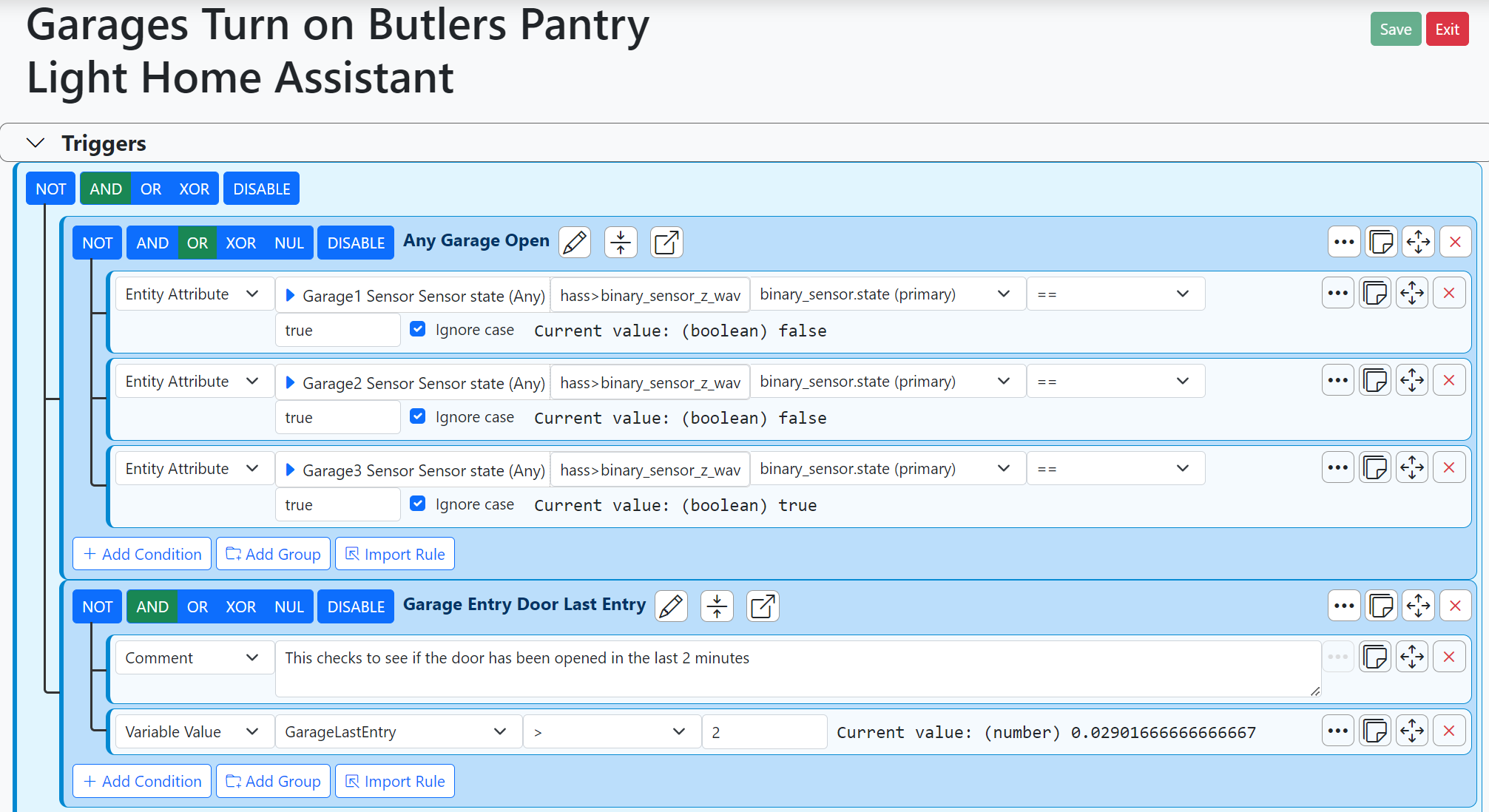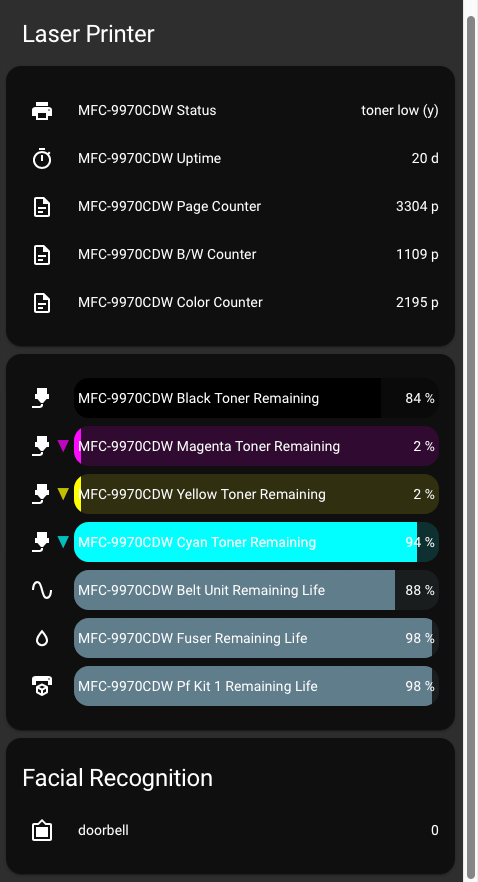differentiation
-
Hi prophead,
I think you understand correctly.
The best integration server, supporting the widest range of APIs is actually home assistant. Being open-source and having an enormous amount of developers and maintainers, I don’t actually foresee any commercial solution catching up to it in the short term.openLuup in terms of integration offers a lot too but not nearly to the same degree as Home Assistant. openLuup benefits from being able to run all of the plugins developed for vera for years. What it does have though is two main advantages: The automation interface, and scripting, what you call the front end, is far easier and very powerful with the use of lua. In that respect, many Home Assistant users end up running also Node Red which offers this similar advantage compensating for this weaker area of home assistant. The other advantage is, if you come from vera, is the ease of migration and familiarity... you can have all of your scenes and plugins pretty much seamlessly transferred over and now with the z-way bridge, you can also transfer the devices without including/excluding.
Now on the back end, the wireless stack and device manager, z-way and HomeSeer are both far ahead of the seemingly abandoned vera on the z-way side. On Zigbee almost anything is better than vera as it was never really invested in it. After trying pretty much every platform, I found z-way to be the most advanced, most flexible and most powerful zwave manager. It’s weakness is in the front end which is why I use openLuup there and have also bonded Home Assistant to openLuup manually to add all of the Home assistant integrations to openLuup while retaining and expanding my former vera codes and automation.
-
I have a lot of integrations:
BMW Connected drive (Car location, status, AC, lock control)
Eight Sleep
Brother Printers as sensors
Xiaomi robot and air filters
Facial recognitions on all my IPcams.
Foobot
I also use it as my zigbee bridge (using the vera's radio chip)
unifi POE switches so I can power cycle everything POE controlled.All of these are bridged back into virtual devices in OL. OL remains the master controller and HA is just a device bridge. It either triggers scenes, updates device variables on OL or executes device actions commanded by OL.
-
I have a lot of integrations:
BMW Connected drive (Car location, status, AC, lock control)
Eight Sleep
Brother Printers as sensors
Xiaomi robot and air filters
Facial recognitions on all my IPcams.
Foobot
I also use it as my zigbee bridge (using the vera's radio chip)
unifi POE switches so I can power cycle everything POE controlled.All of these are bridged back into virtual devices in OL. OL remains the master controller and HA is just a device bridge. It either triggers scenes, updates device variables on OL or executes device actions commanded by OL.
-
You have a couple of local options:
And there are additional ones cloud based, one of them is:
You will notice from the version introduced for these components that these are 2-3 or even 4 year old capabilities so forgive me for chuckling at what is going on in the "other place".






